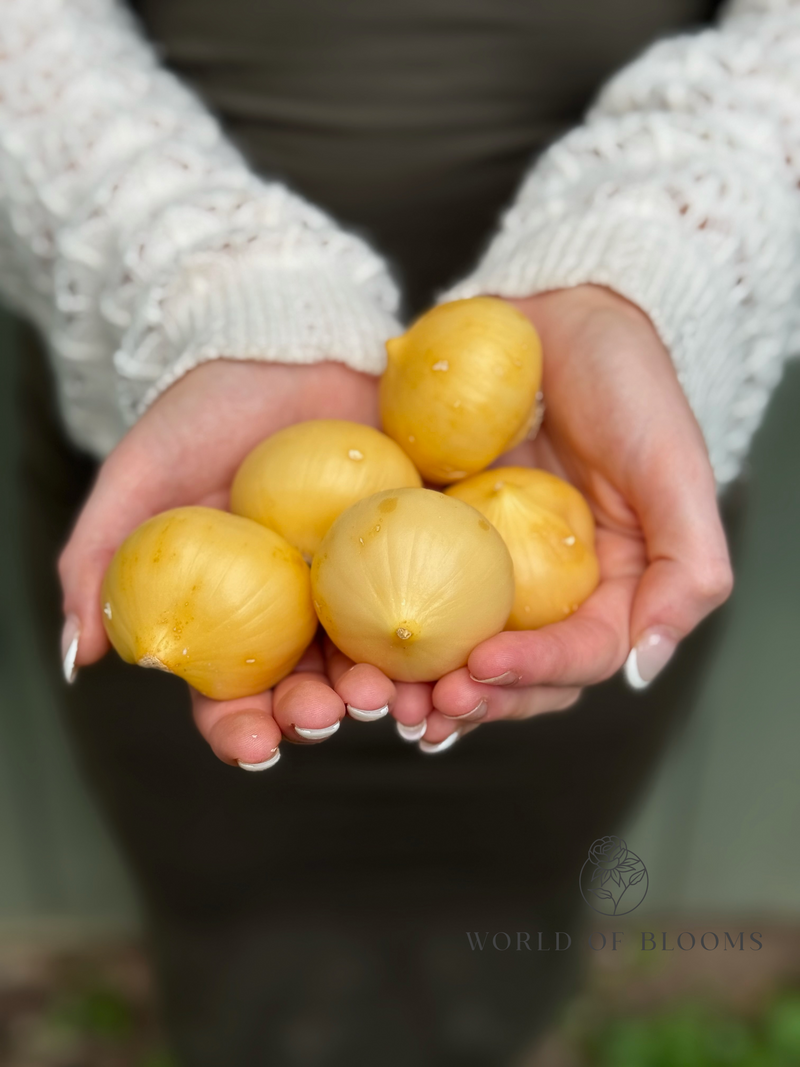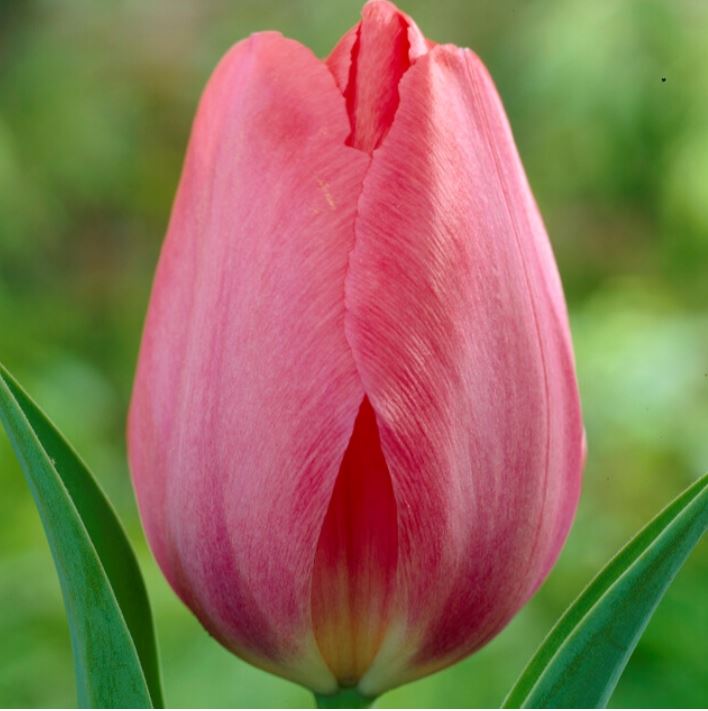Giant 'Mount Everest' Allium
Couldn't load pickup availability
'Mount Everest' Allium is a striking beauty with its elegant, white spherical blooms. Standing at about 3 feet tall, it showcases large, pristine flower heads that create a stunning contrast against lush green foliage. The airy clusters of white flowers add a touch of ethereal grace, making it a perfect choice for creating a serene and sophisticated garden atmosphere. Both varieties offer a dramatic flair, making them favorites for any landscape.
Size: 20+
Zone 4 - 9
When to Plant
- Timing: Plant Allium bulbs in the fall, ideally 6-8 weeks before the first hard frost. This gives the bulbs enough time to establish roots before winter.
Where to Plant
- Location: Choose a sunny or partially sunny spot. Alliums prefer full sun but can tolerate some shade.
- Soil: Well-drained soil is crucial. If your soil is heavy or clay-like, consider amending it with sand or compost to improve drainage.
How to Plant
- Prepare the Soil:
- Loosen the soil to a depth of about 12 inches.
- Mix in some compost or well-rotted manure to enrich the soil and improve drainage.
- Planting Depth:
- Plant the bulbs about 6-8 inches deep. This means you'll need to measure from the base of the bulb to the soil surface.
- Space the bulbs 6-8 inches apart. This allows them enough room to grow without overcrowding.
- Planting Instructions:
- Dig a hole that's about 6-8 inches deep.
- Place the bulb in the hole with the pointed end facing up.
- Cover the bulb with soil and gently pat it down.
- Watering:
- Water the bulbs thoroughly after planting to help settle the soil.
- Ensure that the soil remains moist but not waterlogged over the winter.
- Mulching:
- Apply a layer of mulch (about 2-3 inches) over the planting area to help insulate the bulbs and retain moisture.
Aftercare
- Spring Growth: As the weather warms in the spring, you'll see the foliage and flower stalks emerging.
- Watering: Water the bulbs regularly during their growing season but avoid overwatering.
- Fertilizing: A balanced fertilizer can be applied in early spring to encourage strong growth.
Tips
- Pests and Diseases: Alliums are generally resistant to pests and diseases. However, good soil drainage and proper spacing can help prevent issues.
- Companion Planting: Alliums work well with other spring flowers like tulips and daffodils, as well as with summer perennials.
With these steps, you should have a mesmerizing display of Alliums in your garden come spring and summer!
Companion Planting: Alliums look great with other spring and summer flowers, such as tulips, daffodils, and daylilies, and can also be paired with ornamental grasses for added texture.




Recently viewed
















